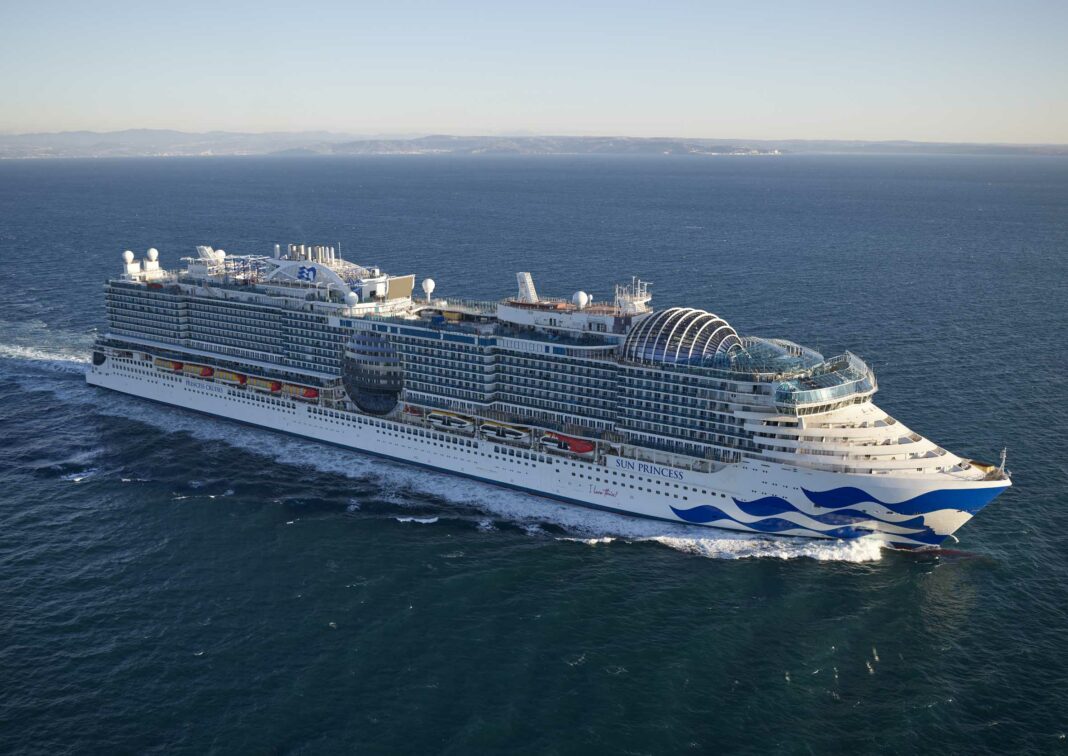The Cruise Lines International Association (CLIA) released its annual State of the Cruise Industry report, revealing robust growth in the sector still recovering from pandemic impacts. In 2023 the passenger volume reached an record 31.7 million, marking a seven per cent increase over 2019 levels.
The report paints a promising picture for the industry hit hard by the pandemic, highlighting an 82 per cent intent among consumers to embark on cruise vacations. CLIA’s projections for cruise capacity from 2024 through 2028 indicate a 10 per cent rise.
Despite the pandemic, the cruising sector managed to generate 90 per cent of its 2019’s economic impact in 2022, despite passenger volumes being only 70 per cent of those in 2019.
The cruise industry makes a significant economic contribution, yet constitutes just two per cent of global travel. In 2022 (the latest figures available) the industry generated $138 billion globally, supporting 1.2 million jobs worldwide and contributing $43 billion in wages.
The industry anticipates an even greater economic impact in 2023, with passenger numbers expected to increase by 50 per cent compared to 2022.
Looking at the fleet size, CLIA-member cruise lines expect eight new ships to be delivered in 2024, which will push the ocean-going fleet to more than 300 ships for the first time.
Between 2024 and 2028, the industry is set to welcome 35 new ships, representing 112,000 lower berths and an orderbook value of $30.8 billion, with a total of 64 currently being built.
Carnival Corporation, the world’s largest group, contributes just four to that list: the two recently ordered Excel class for Carnival Cruise Line, Star Princess for Princess Cruises and Queen Anne for Cunard.
Trends in cruising over the past two years have seen 27 per cent of cruise passengers first-timers, a 12 per cent increase from the previous year. Cruises have also become a popular choice for multi-generational travel.


